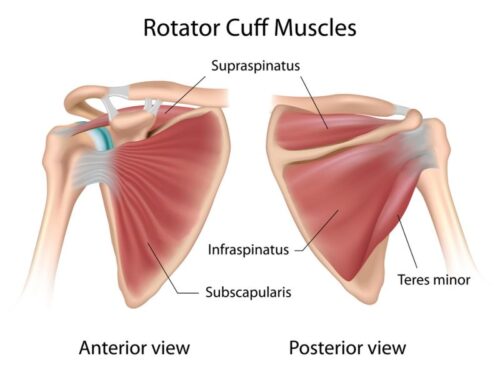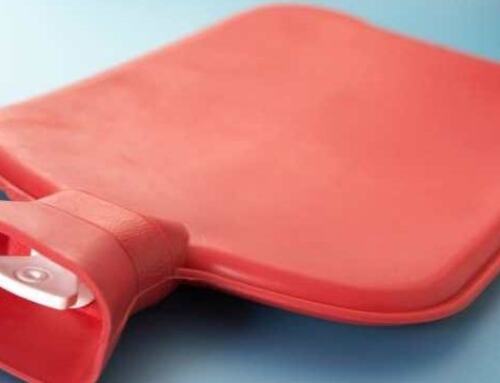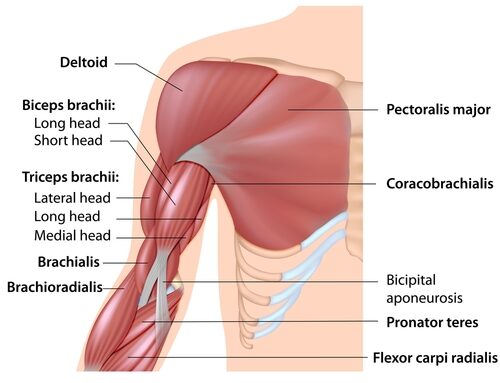Whiplash Injuries – What to Do After a Car Accident

If you have recently been in a car accident, one of the many things you are thinking about is how to help whiplash.
Whiplash symptoms come along with not only neck pain, but also dizziness, headache, paresthesia, nausea, and lower back pain. In one study it was reported that 45% of those in car accidents that went to court were still suffering from symptoms of whiplash 2 years after the court case was settled.
Before I move on to how to help with whiplash, first I want to explain how whiplash occurs. Whiplash is an acceleration-deceleration of the head. This means that whiplash can occur in more than just motor vehicle accidents. Football is another biggie. The worst whiplash comes from rear impact, but it can also occur in side and front impact as well.
Factors That Increase Whiplash Severity
Whiplash is a neck injury due to forceful, rapid back-and-forth movement of the neck, like the cracking of a whip. It often results from rear-end auto collisions, but the injury can also come from contact sports accidents, physical abuse, and other types of traumas. The severity of whiplash injuries can vary depending on numerous factors:
- Position of the Head Upon Impact: As you mentioned, the way in which the head is positioned can influence the degree of injury. For instance, if the head is turned to the side at the time of impact, it can increase the chance of more severe injury compared to if the head was facing forward.
- Speed of the Impact: Generally, higher-speed impacts result in more forceful whiplash motion and, consequently, can cause more significant injury.
- Point of Impact: Rear-end collisions tend to cause more pronounced whiplash than front-end or side-impact collisions because of the motion they induce on the neck.
- Prior Neck Injuries: Individuals who’ve had previous neck injuries or complaints may experience more severe or prolonged symptoms after a whiplash event.
- Age and Physical Condition: Older individuals or those in poor physical condition might be more susceptible to significant injury. Weakening of muscles and ligaments due to age can result in more pronounced injury.
- Headrest Position: If a vehicle’s headrest is improperly adjusted, it can either fail to mitigate the force of the impact or potentially exacerbate the injury.
- Size of the Vehicles Involved: A smaller car being hit by a larger vehicle might result in a more forceful impact.
- Seatbelt Use: While seatbelts significantly reduce the risk of severe injury or death in collisions, if not worn properly, they might not provide optimal protection from whiplash.
- Awareness of Impending Collision: If a person is aware a collision is imminent, they might tense up, which can influence the nature of the injury. Conversely, an unsuspecting individual might be more relaxed, and the sudden force could cause a different injury pattern.
- Previous History of Whiplash or Neck Pain: A person who has suffered from whiplash or neck pain previously may have heightened symptoms or prolonged recovery after a subsequent injury.
- Immediate Reaction: Delay in onset of symptoms can sometimes indicate a more severe injury. Some individuals might not feel the effects of the injury immediately after the incident, but develop symptoms hours or even days later.
It’s essential to remember that the nature and severity of whiplash injuries can vary greatly from one individual to another, even under seemingly similar circumstances. Always seek medical attention after an incident that might have caused whiplash, even if symptoms are mild or delayed.
Whiplash Diagnosis and Treatment
Early whiplash diagnosis and management are vital to preventing complications or prolonged symptoms from whiplash injuries. Here’s a list detailing how whiplash is diagnosed and what one should do after a car accident to manage and potentially reduce the severity of whiplash:
Diagnosis of Whiplash:
- Medical History: The doctor will start by taking a detailed history of the accident and the symptoms.
- Physical Examination: The physician will check for tenderness, swelling, and assess the range of motion of the neck and shoulders.
- Neurological Examination: This will help determine if any nerves have been affected. The doctor may check muscle strength, reflexes, and sensory function.
- Imaging Tests:
- X-ray: To rule out fractures or dislocations.
- MRI Scans(Magnetic Resonance Imaging): Used to identify soft tissue injuries like damage to muscles, ligaments, or intervertebral discs.
- CT Scan (Computed Tomography): Offers a detailed image of the neck and can be used to identify bone and soft tissue injuries.
- Special Tests: Occasionally, doctors might use tests such as electromyography (EMG) to evaluate nerve function.
Post-Accident Care for Whiplash:
- Medical Attention: Always seek medical attention after an accident, even if you feel fine initially. Some symptoms may be delayed.
- Rest: But only for a short period, as prolonged inactivity can worsen symptoms.
- Pain Management: Over-the-counter pain relievers or prescription medications can be used under a doctor’s advice.
- Cold Compress: Apply an ice pack to the neck immediately after the injury to reduce swelling. Do it for 15-minute intervals every 1-2 hours during the first 24 hours.
- Heat Application: After 24 hours, you can apply moist heat if it provides relief.
- Neck Brace: Sometimes a soft cervical collar might be recommended for a short period to support the cervical spine and limit movement.
- Physical Therapy: A physical therapist gives their patients exercises that can help restore the range of motion and strengthen neck muscles.
- Chiropractic Care: A chiropractor can realign the bones of the spine, which causes severe pain in most cases of whiplash
- Maintain Good Posture: Proper posture, especially when sitting or using devices, can aid in recovery.
- Massage: Gentle massage can sometimes help relieve muscle tension and provide pain relief.
- Avoid Heavy Lifting or Straining: This allows injured tissues to heal without further stress.
- Stay Hydrated: Drinking enough water supports the healing process, especially if there are disc injuries.
- Follow-Up: It’s essential to attend all follow-up appointments and inform the doctor of any new or worsening symptoms.
Early and appropriate intervention, combined with understanding the nature of whiplash, can significantly impact recovery. Always adhere to professional medical advice and be proactive in seeking proper treatment if you suspect a whiplash injury. [Also Read: How to Prevent a Concussion]
The Healing Power of Massage After a Car Accident
Car accidents, even minor ones, can lead to a multitude of physical problems. One of the most common is whiplash, a neck injury resulting from a rapid back-and-forth motion, similar to a whip’s crack. While it’s important to seek immediate medical attention after an accident, considering massage therapy as a subsequent treatment can offer substantial relief and accelerate the healing process.
When to Consider Massage Therapy?
It’s essential to wait at least 48 hours after a car accident before getting a massage. This window allows the body to initiate its natural healing response and reduces the risk of exacerbating any unseen injuries.
Benefits of Post-Accident Massage:
At Body Ache Escape Massage Center, our trained massage therapists understand the trauma your body undergoes post-accident. Our primary objectives during your sessions are:
- Reducing Whiplash Pain: Gentle manipulation of muscles can alleviate discomfort in the affected area.
- Diminishing Inflammation: Targeted massage techniques help reduce swelling in injured areas.
- Maintaining Circulation: Improved blood flow ensures that healing nutrients reach the affected regions.
- Preventing Adhesion Formation: Massage can prevent scar tissue from forming and restricting movement.
- Addressing Trigger Points & Muscle Spasms: Targeted techniques can relieve these tension hotspots, restoring function and comfort.
While most whiplash cases typically resolve in 6-12 weeks, introducing massage therapy soon after the accident can drastically shorten this recovery time. Moreover, it can act as a preventive measure, ensuring the injury doesn’t evolve into a chronic issue.
Insurance & Massage Therapy:
Did you know? If you secure a doctor’s prescription for post-accident massage therapy, your insurance company may very likely cover the cost of your sessions. This means you can focus on healing without stressing about the expenses.
Your Recovery Begins Here:
Don’t let post-accident pain linger and disrupt your daily life. Schedule a therapeutic massage at Body Ache Escape Massage Center and take the first step towards a swift and efficient recovery. Schedule online or call us! 614-604-6358







